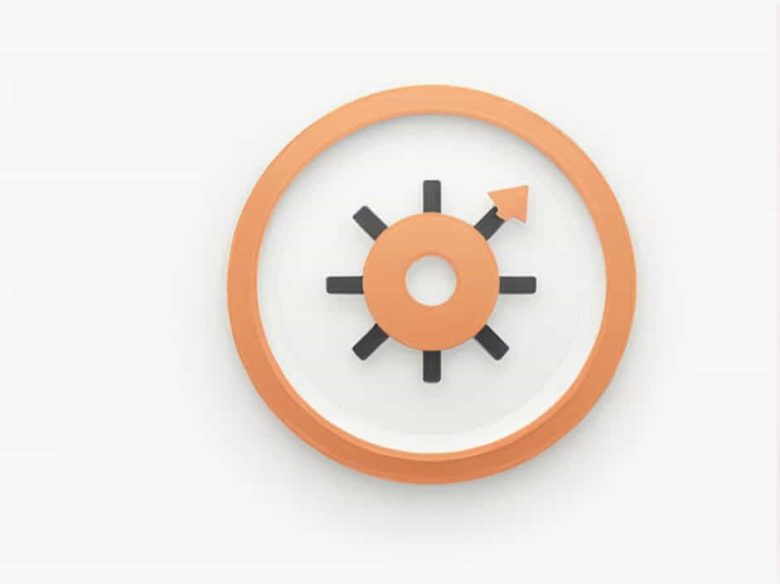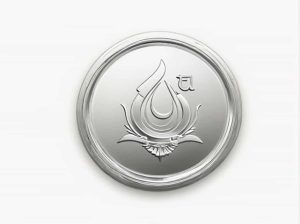The National Pension System (NPS) is a popular retirement savings scheme in India offering tax benefits under the Income Tax Act. However with the introduction of the new tax regime many taxpayers are unsure about the deductions available for NPS contributions.
In this topic we will explore how NPS deductions work under the new tax regime compare it with the old tax system and help you determine whether investing in NPS still provides tax benefits.
What is NPS?
The National Pension System (NPS) is a government-backed voluntary retirement savings scheme regulated by the Pension Fund Regulatory and Development Authority (PFRDA). It allows individuals to build a retirement corpus by investing in market-linked instruments such as equities corporate bonds and government securities.
NPS is open to:
- Salaried employees in both the public and private sectors.
- Self-employed individuals and business owners.
- Non-Resident Indians (NRIs) under specific conditions.
Old Tax Regime vs. New Tax Regime
The 2020 Budget introduced a new tax regime with lower tax rates but fewer deductions. Taxpayers can now choose between:
- Old Tax Regime – Allows multiple deductions and exemptions including NPS benefits under Sections 80CCD(1) 80CCD(1B) and 80CCD(2).
- New Tax Regime – Offers reduced tax rates but removes most deductions including standard NPS benefits.
Tax Slabs Comparison
| Income Slab (₹) | Old Tax Regime | New Tax Regime |
|---|---|---|
| Up to 2.5 lakh | Nil | Nil |
| 2.5 lakh – 5 lakh | 5% | 5% |
| 5 lakh – 7.5 lakh | 20% | 10% |
| 7.5 lakh – 10 lakh | 20% | 15% |
| 10 lakh – 12.5 lakh | 30% | 20% |
| 12.5 lakh – 15 lakh | 30% | 25% |
| Above 15 lakh | 30% | 30% |
The new regime provides lower tax rates but eliminates common deductions including HRA 80C 80D and 80CCD(1B).
NPS Deduction Under the New Tax Regime
1. No Deduction Under Section 80CCD(1) and 80CCD(1B)
Under the old tax regime individuals could claim:
- Section 80CCD(1): Deduction of up to ₹1.5 lakh as part of Section 80C for employee/self-contributions to NPS.
- Section 80CCD(1B): Additional deduction of ₹50000 for self-contributions to NPS over and above 80C.
However these deductions are NOT available under the new tax regime. If you opt for the new regime you lose the ₹2 lakh tax benefit from these sections.
2. Employer Contribution Under Section 80CCD(2) is Allowed
A major exception is Section 80CCD(2) which allows tax benefits on employer contributions to NPS.
- Government Employees: Up to 14% of basic salary is tax-free.
- Private Sector Employees: Up to 10% of basic salary is tax-free.
This deduction remains available under the new tax regime and can significantly reduce taxable income for salaried employees whose employer contributes to NPS.
Should You Choose NPS Under the New Tax Regime?
Pros of NPS in the New Tax Regime
✅ Employer Contributions Still Offer Tax Savings – Employer-funded NPS contributions under 80CCD(2) continue to reduce taxable income.
✅ Long-Term Retirement Security – Despite losing deductions NPS remains a great retirement savings tool with market-linked returns.
✅ Tax-Free Maturity – At retirement (age 60) 60% of NPS corpus is tax-free while 40% must be used for an annuity (which is taxable as income).
Cons of NPS in the New Tax Regime
❌ No Personal Deductions – Self-contributions to NPS do not provide tax benefits in the new regime.
❌ Lack of Flexibility – NPS requires long-term investment with limited withdrawal options before age 60.
Who Should Consider NPS in the New Tax Regime?
-
Salaried Employees with Employer NPS Contributions
- If your employer contributes to NPS you still get a tax benefit under Section 80CCD(2) making it valuable in the new regime.
-
Individuals Focusing on Retirement Planning
- If you prioritize long-term wealth building NPS remains a low-cost investment option with compounding benefits.
-
Government Employees
- With 14% employer contribution exemption government sector employees benefit more under the new regime.
Alternative Investment Options
If you opt for the new tax regime and cannot claim NPS deductions consider other investment avenues:
- Equity Linked Savings Schemes (ELSS) – Offers market-linked growth but tax benefits only in the old regime.
- Public Provident Fund (PPF) – Provides tax-free interest but is not deductible under the new tax system.
- Mutual Funds and Fixed Deposits – Flexible investment options but come with capital gains tax implications.
How to Continue Investing in NPS?
Even though the new tax regime eliminates self-contribution deductions NPS remains a strong retirement investment tool. Here’s how to maximize its benefits:
✅ Check If Your Employer Contributes to NPS – If yes you still receive a tax advantage under 80CCD(2).
✅ Maintain Long-Term Investment – NPS is designed for retirement security not short-term tax savings.
✅ Diversify Investments – Combine NPS with stocks mutual funds and pension schemes for balanced growth.
Under the new tax regime self-contributions to NPS do not qualify for tax deductions making it less attractive for individuals looking for immediate tax savings. However employer contributions under Section 80CCD(2) still offer benefits especially for salaried employees.
If your goal is long-term retirement savings NPS remains a valuable investment despite the tax changes. Before choosing a tax regime carefully evaluate your income employer benefits and investment goals to maximize your financial advantage.



